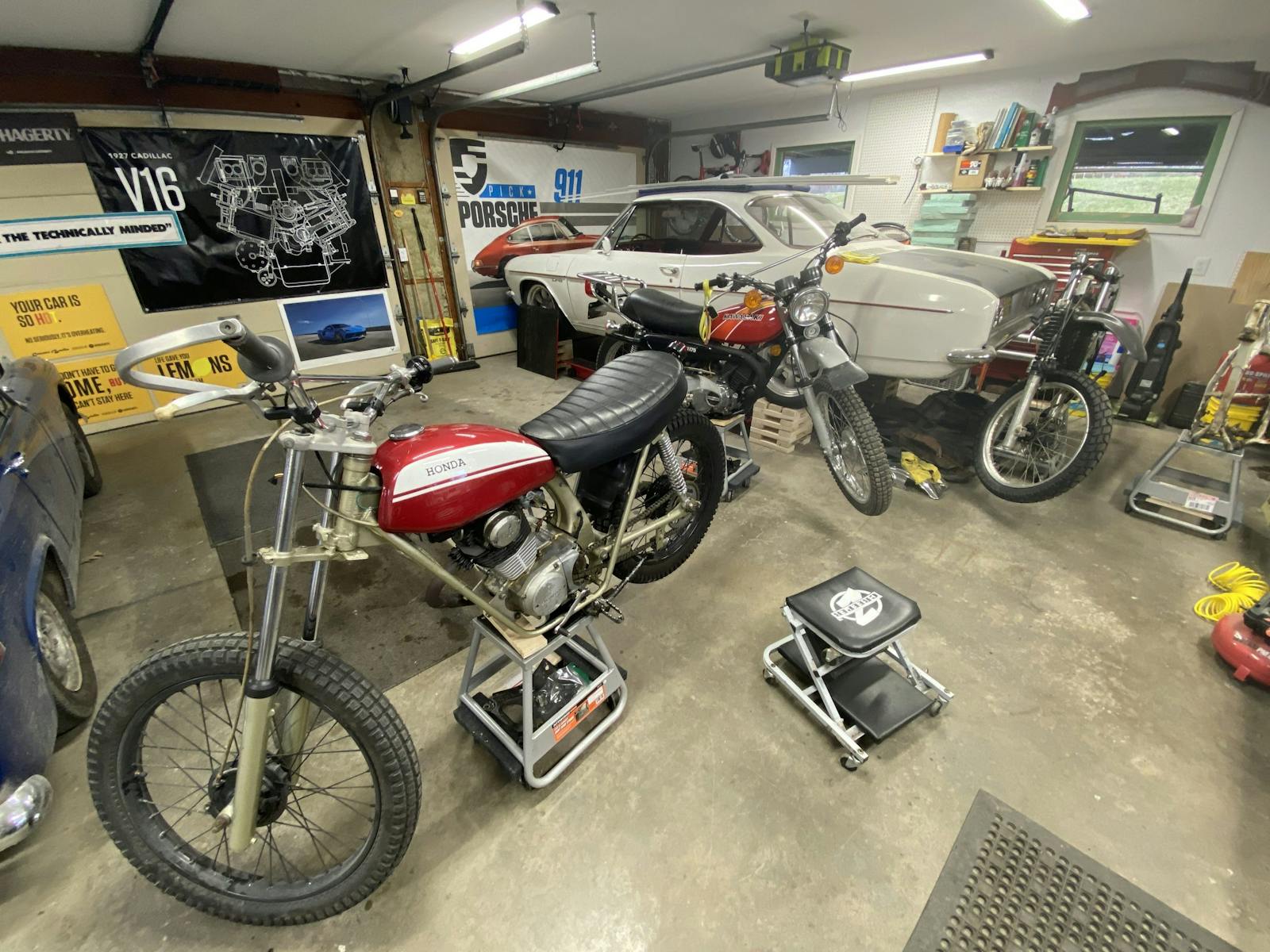Treat Your Trailer Like A Queen
Driving your collector car to a show avoids the chance of it being called a “trailer queen,” but in some cases it might make your vehicle more likely to get involved in an accident.
Take early MG TDs for example. Such cars have a low rear axle ratio that makes it unpleasant to drive them more than 50-55 mph on highways. Modern motorists who like to go 70 mph, may overrun your car. Also, it wasn’t until 1952 that directional signals were standard on MGs. Do you think that 17-year-old in the Ram pickup behind you knows what hand signals mean?
You can change the gears in your MG and add turn signals to make it safer, but you’re still driving a car with 1930s technology on an interstate loaded with speeding, high-tech cars and trucks. Wouldn’t it be more pleasant to trailer it to the event and drive it only on local roads once you get there? You would not want to use that MG at all, if it wasn’t in good road condition, and the same goes for your trailer. It’s good practice to give your trailer a good going over each year. You’ll want to check the hitch, the electrical wiring, the chassis, and the tires.
Start by attaching the trailer to the vehicle you tow it with and drive to a flat level space. While hooking up, check to see that the hitch snaps properly into place and locks. If it doesn’t, you’ll want to lubricate the parts with silicone or graphite.
Next, connect the electrical sockets and have someone stand behind the trailer while you check the operation of all the lights. Clearance lamps on all sides of the trailer should function properly, as should the directional signals and brake lights. Even if all the lights come on, take a close look at the terminals and connections for signs of contamination or corrosion.
Take each light bulb out of its socket and clean off any corrosion. While replacing the lenses, clean them on both sides. Check that the tension is tight on each spring socket. If there are any sloppy connections, all of the lights may work when the trailer is at rest, but some will blink as it rolls over bumps and potholes. This can also cause electrical shorts.
Trace the wiring under the trailer and make sure that there are no breaks in the insulation. If you find some spots where bare wire can be seen, cover them up with high-quality electrical tape.
While you are looking under the trailer, check the chassis for obvious cracks. Are the spring shackles tight and in good condition?
While doing your check, it’s a good time to make sure you have spare bulbs, electrical tape, emery cloth and other supplies that might be required for on-the-road repairs. You can keep these in your tow vehicle or in a toolbox right on the trailer.
Finally, jack the trailer up, remove the wheels and repack the wheel bearings with grease. Make sure the grease seals are in good shape. Check each tire for uneven wear and foreign objects. Make sure there are no gashes or cracking on the rubber. Every few seasons, you’ll want to rebuild the wheel cylinders. It is also good practice to flush out the brake system and inspect the brake lines for damage.
By treating your trailer like a queen, she’ll provide years of hassle-free protection for your coveted collector vehicle.

